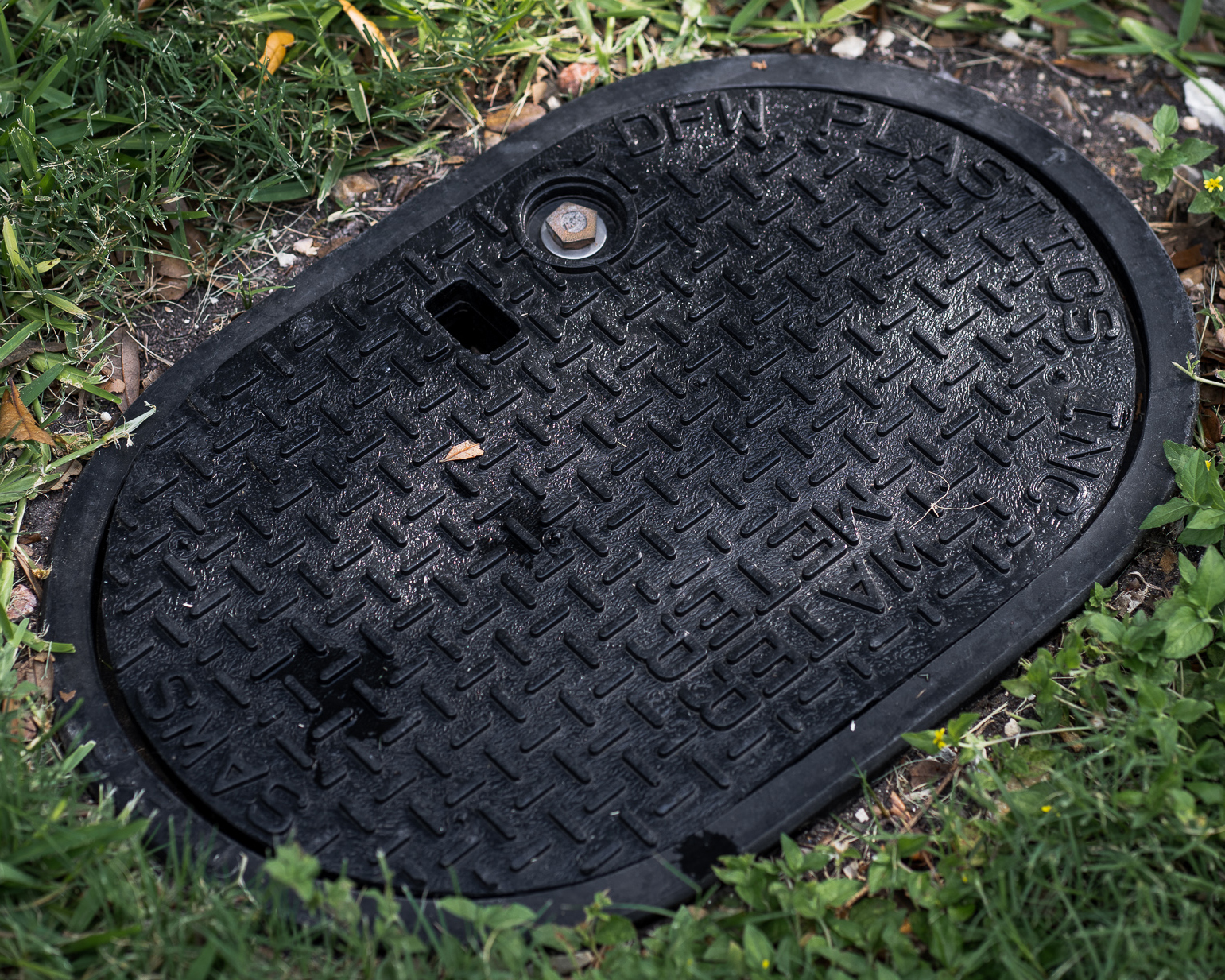When water is not being used, nothing on the meter should be moving. Most meters also have a fine flow indicator that senses the lower volumes of water common with leaks. The fine flow indicator is usually a small triangle or diamond on the face of the meter. Follow these steps (on the next page) to use your meter to help find leaks.
STEP 1
Turn off all inside and outside water faucets.
STEP 2
Check the meter. Watch for 10 minutes. If the fine flow indicator moves clockwise, then leaks exist on your property and need to be located. In some cases, it may move back and forth slightly as water pressure in the street fluctuates. Check the main meter reading (numbers) including the location of the sweep hand, and come back an hour later after you know no water has been used. If there is a higher reading, there is a leak.
STEP 3
Locate the source of the leaks.
WHAT TO DO IF YOU FIND A LEAK
SAWS is responsible for maintaining the water line from the main to the water meter. You are responsible for repairs to any part of the water system from the meter toward your home. If you find a leak, please have it repaired to minimize water loss and any impact to your bill. Then, if you submit your repair receipts, we can review your account for a possible adjustment.
Request a Leak Repair Adjustment
